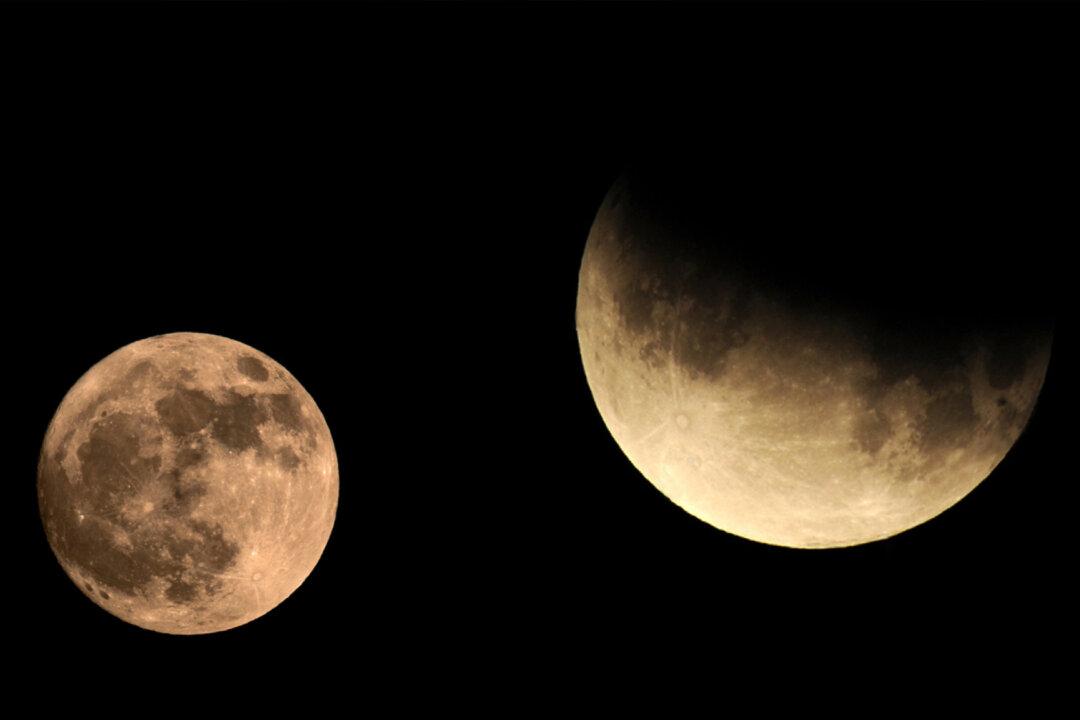The November full moon—known as the “Beaver Moon”—this year will coincide with the longest partial lunar eclipse of the century.
As the chill of autumn grows colder, and days grow shorter, the nearing of winter solstice harks a time when trap setters once sought to subdue those large rodents, beavers, and procure their pelts to keep warm in the months ahead.






